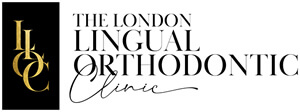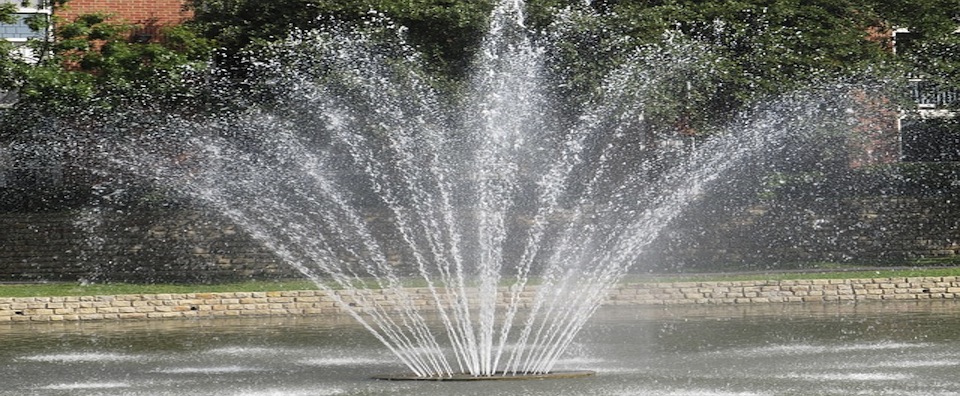Prophy jet is in high demand here after a journalist being treated by Asif gave us a mention in the Sunday Times magazine. And it’s true that the prophy jet is excellent for cleansing the teeth and removing staining around orthodontic brackets, not to mention penetrating fine fissures and tight spaces between teeth. (We use the Prophyflex 3 by Kavo, by the way).
We describe it as the hygiene appointment’s equivalent of the blow dry after the hair-cut. You leave the surgery feeling that you have been given a real lift. We are aware that when a dental technique or treatment becomes fashionable without a proper understanding of what’s involved, it’s important to be extra careful to communicate the disadvantages. We carried out some research to make sure our consent procedure is robust and there were no new contra-indications. (It is and there weren’t.) These are the questions we ask patients:
- Are you fit and well?
- Do you have asthma?
- Do you wear contact lenses?
For anyone with serious asthma or with a lot of veneers in their mouth, a prophy jet clean has potential risks. An asthma attack for the former, damage to the laboratory work for the latter. Then we go on to explain that the procedure is messy and can sometimes slightly sting the tongue or mucosa.
We have had to tell some of those people who booked for an appointment after reading the Sunday Times that the prophy jet is not appropriate for them. Because these patients had decided they wanted their ‘toothie pegs sparkling’ to use the words of the writer, we had to let them down gently. As ever, when expectations are not met, you need to be careful. But this small group of patients were happy to learn that the normal clean is very thorough and effective and will render their teeth almost equally sparkling.
So in the end, about 50% of patients have a prophy jet clean after their full scaling, the other 50% have the more conventional polish with the rotating rubber cup and prophy paste. By the way, the word prophy is an abbreviation of prophylactic, meaning preventative, and regular cleanings with prophy, which contains bicarbonate of soda, help prevent gum disease (not to mention caries).
We should point out that the hygiene services at LLOC are intended for orthodontic patients who don’t have the benefit of a hygienist in their referring practice or who prefer to see the hygienist here during course of their treatment only. We expect the sudden rush of non-orthodontic patients to abate when they appreciate that they can have the very same thing done in their own practice. Nevertheless, we predict that the use of the prophy jet will continue to rise as the joys of an exfoliating clean are discovered.














